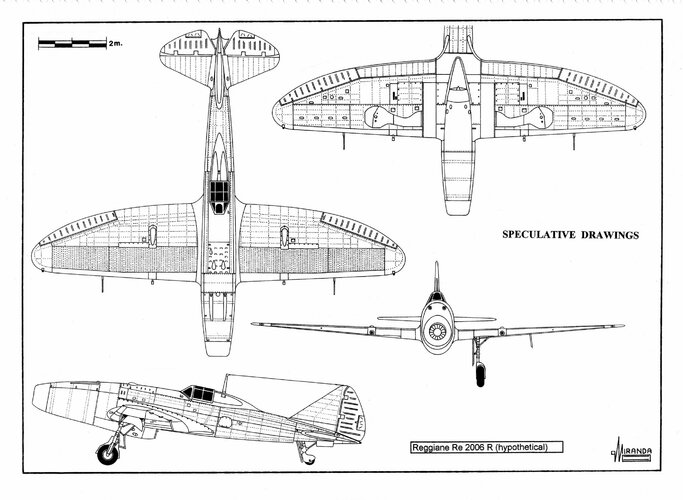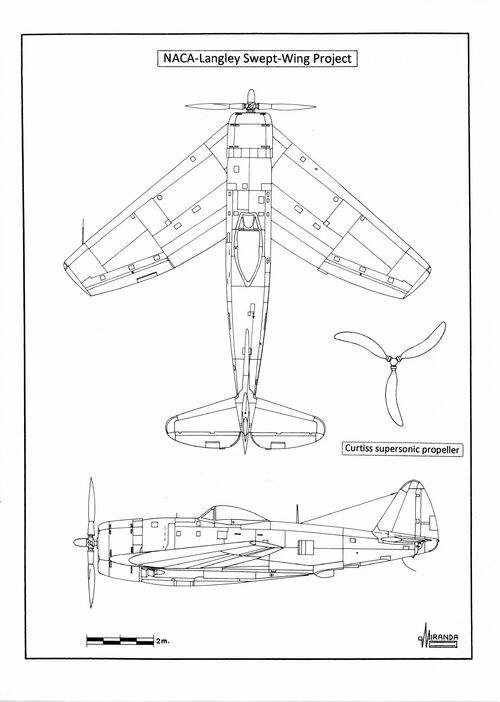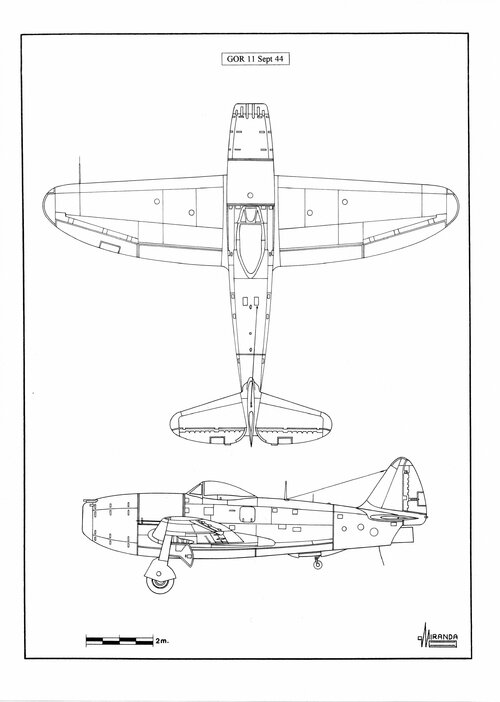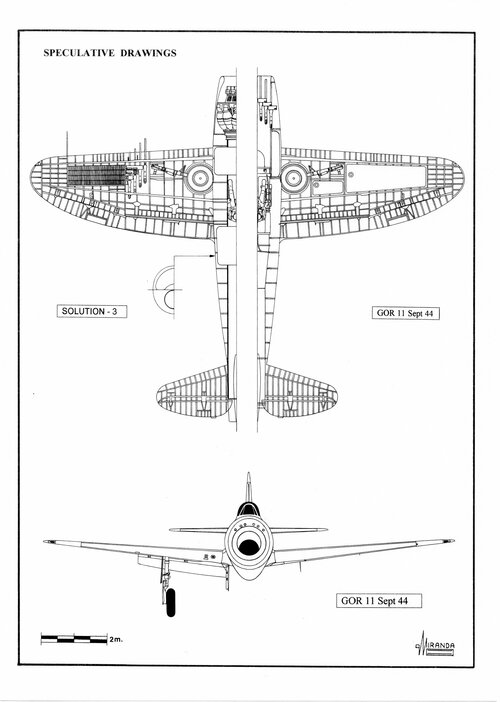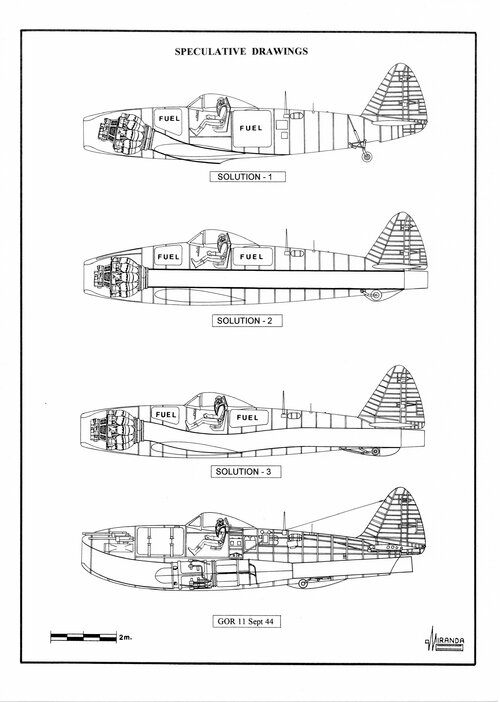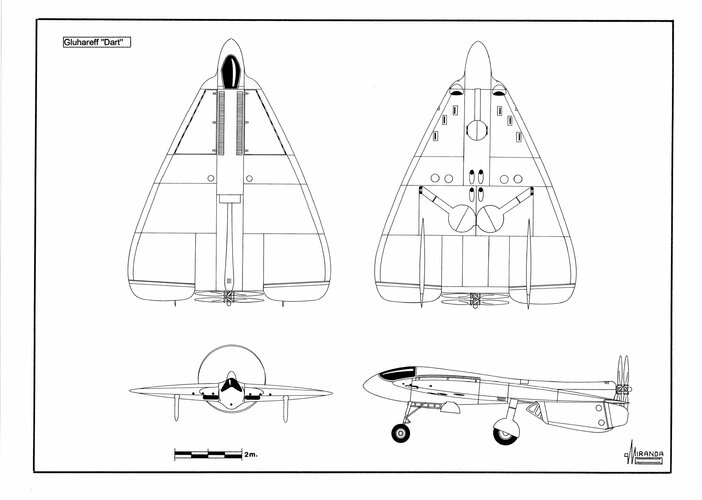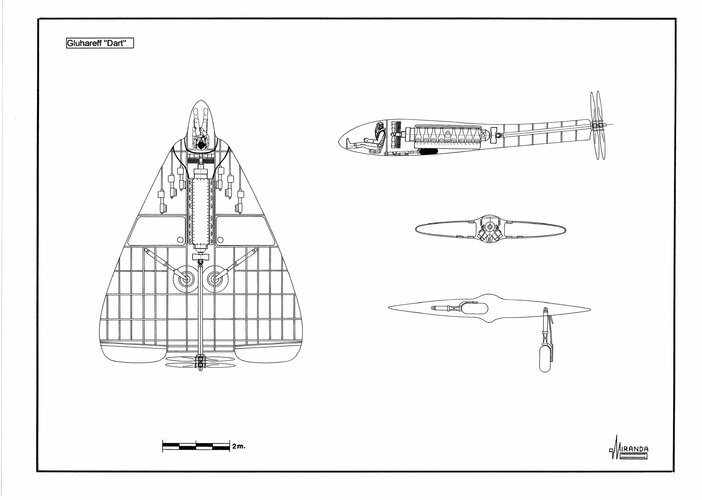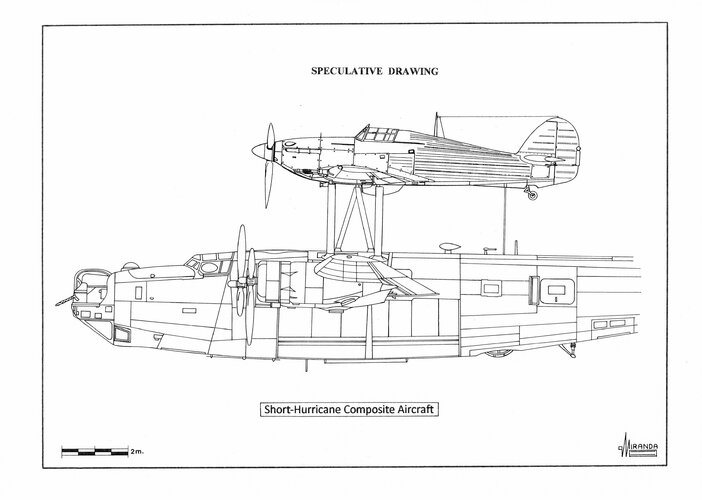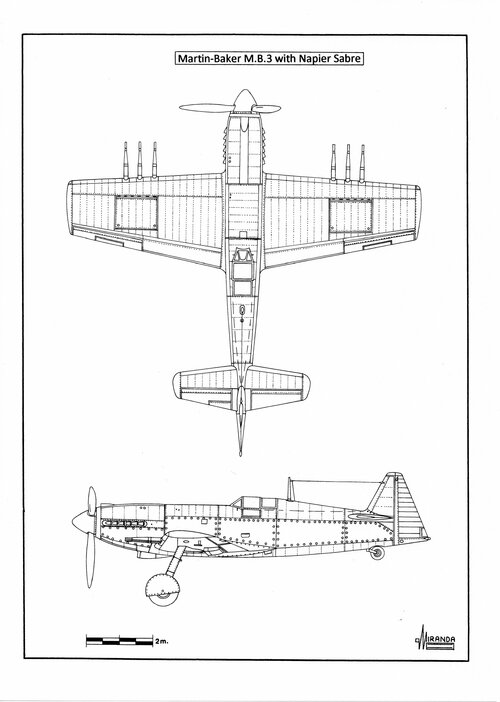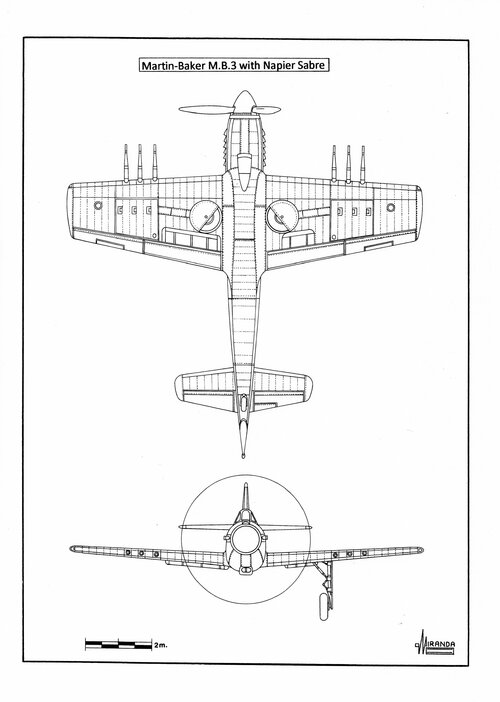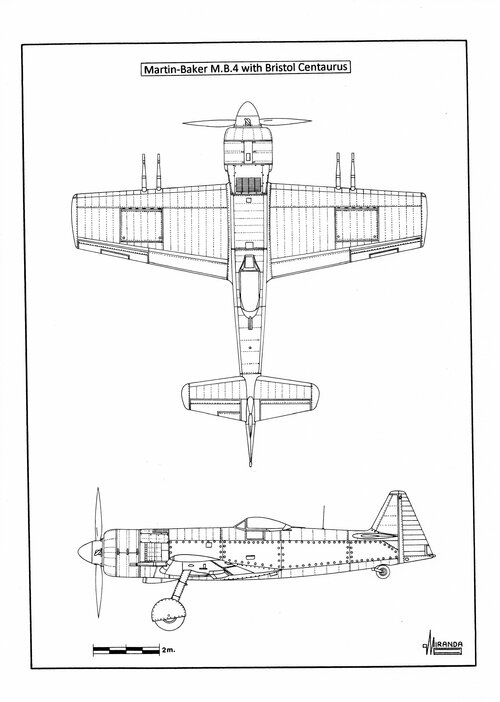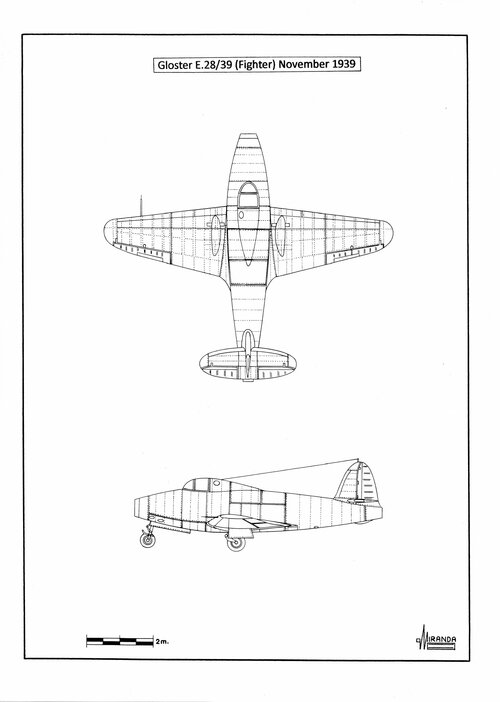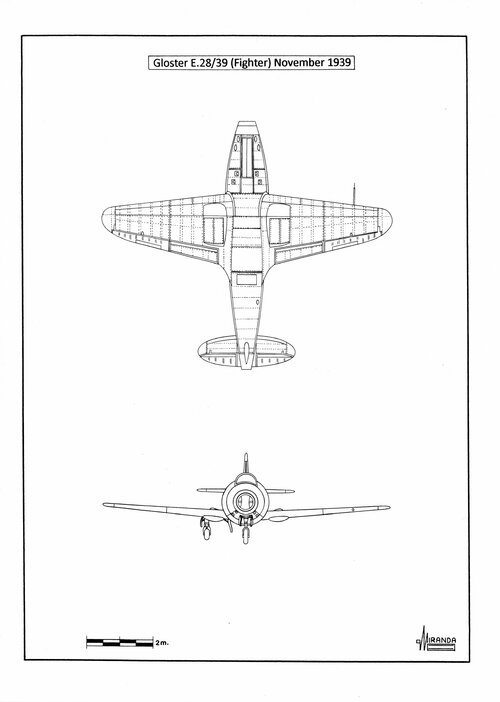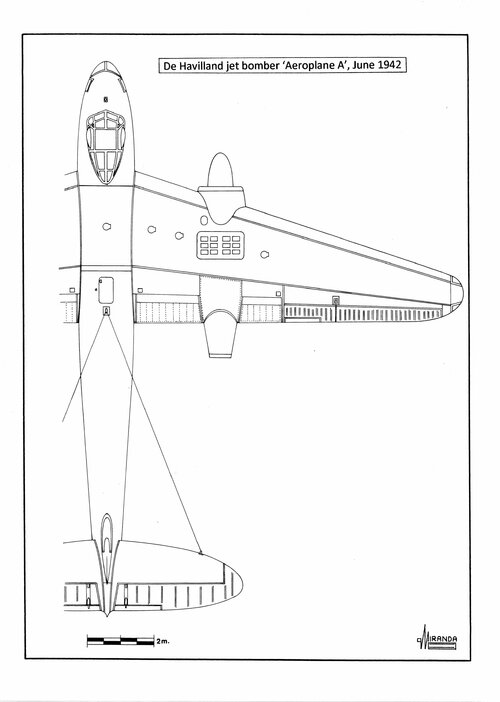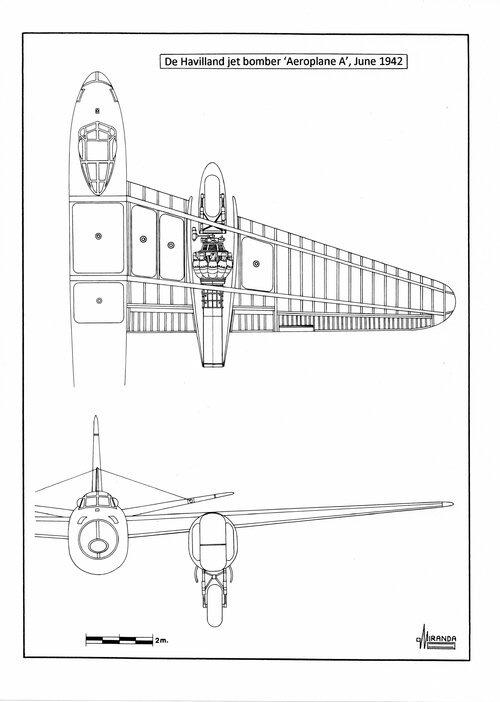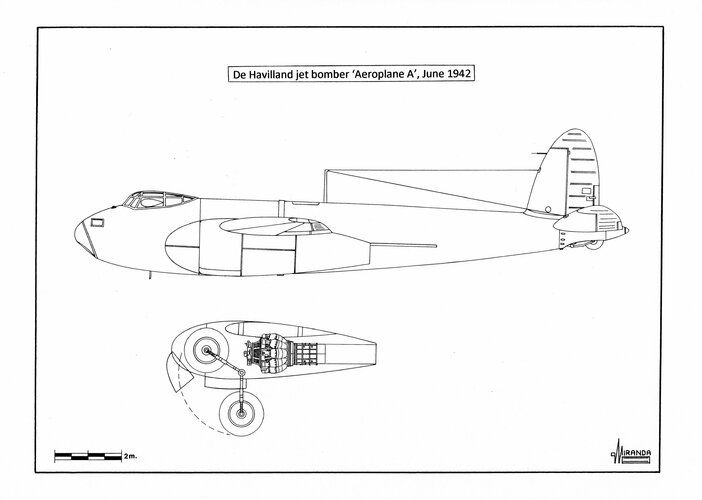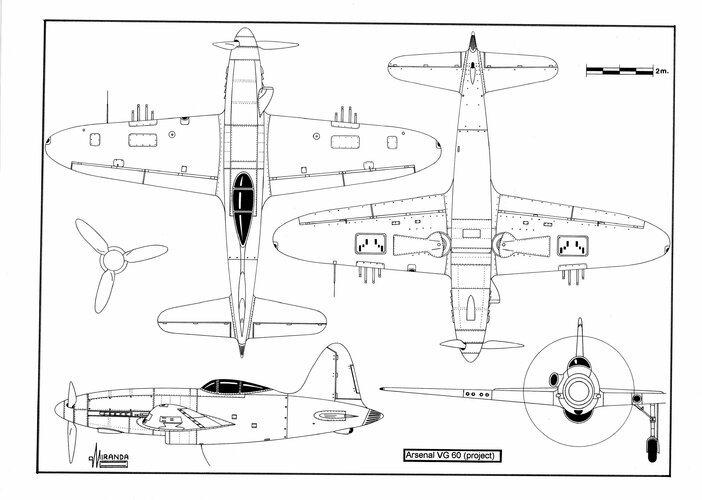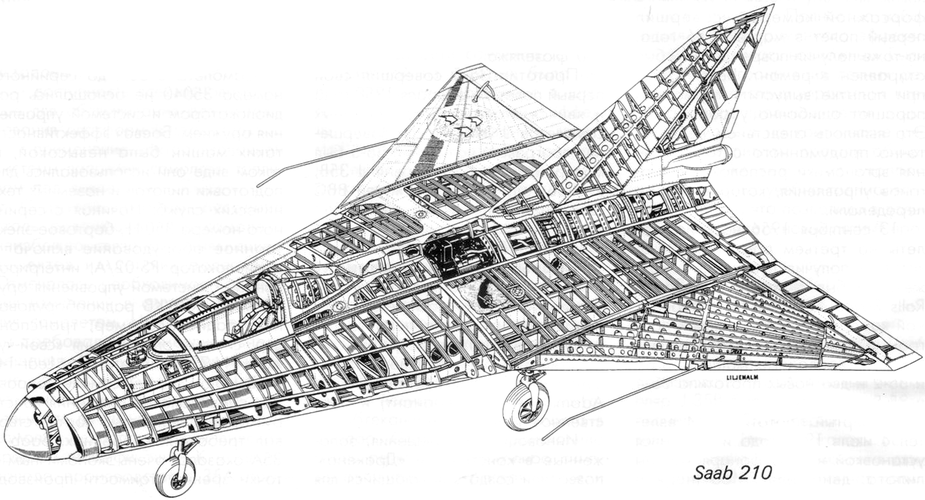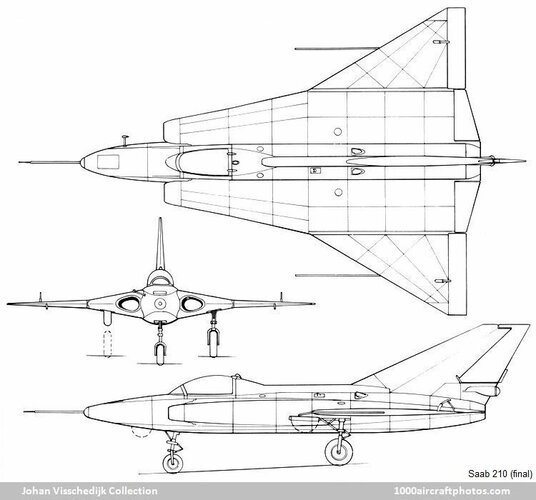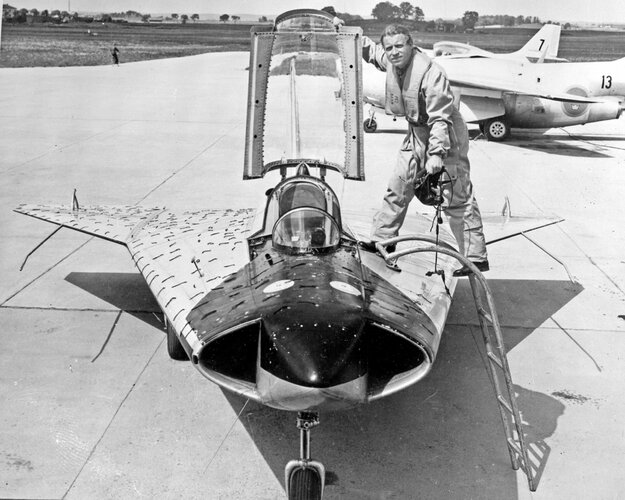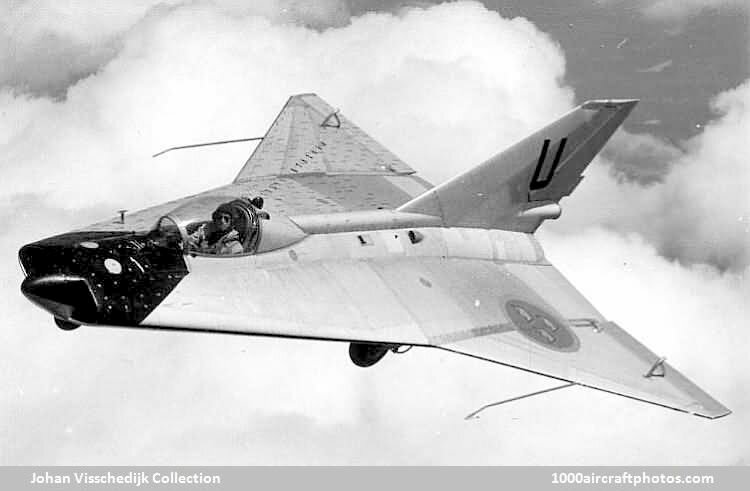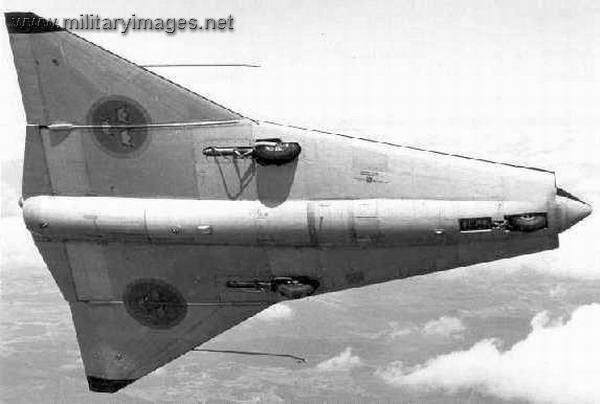I'm of the opinion that even if it wasn't suitable for long-term Army needs, the Bell 309 Kingcobra would have been preferable for new production than plain AH-1S variants. There is still a lot of commonality between AH-1Gs converted into AH-1Ses and the Kingcobra, but the latter offered a real night attack capability on top of generally improved performance in other parameters.
Considering we are talking about potentially some 609 airframes (production AH-1S series, Japanese AH-1 and production AH-1W), I think it could easily be financially justified. Moreso since the Apache didn't enter service until about 1984. That's excluding the AH-1T which itself reused many components of the Kingcobra.
Which bring us back (once again) to the Cheyenne, CAS USAF vs Army turf war of the 60's.
Which led to
- AH-56 Cheyenne
- AH-1 Cobra
- A-10
-YA-9
-Bell 309
- Sikorsky S-67
- YAH-63
- AH-64
- A-7F
-A-10B
-AF-16
All this because USAF was only sure about two things, related to CAS
- It can't be an helicopter
- We must piss the Army
Every single entry in that list was a fine flying machine (except the F-16 gun pod). And a lot of them ended wasted at great taxpayer dollar expense...
In which case
Archibald, could your list also include the either the Fiat G.91/Northrop N-156F (F-5A)/Douglas A4D-2N?
Regards
Pioneer
In the field of helicopters, the problems with many of the advanced attack ones at the time was they started development and reached prototype status just as the Army found out that all the lessons they'd learned in Vietnam using helicopters were completely wrong for an environment where the likely opponent (eg., the Soviets) had lots of air defense systems.
The Ansbach trials held in Germany using US AH-1's equipped with just 2.75" FFAR rockets and guns proved that the tactics the Army used in Vietnam were suicidal against Soviet air defenses. The helicopters had to adopt totally new tactics, and needed new weapons like the TOW missile.
For the AH 56 Cheyenne, these trials pretty much meant the program was dead. Lockheed had developed the Cheyenne to be a cross between a helicopter and airplane. The rigid rotor system using a gyro assist to tilt the whole assembly while the blades were fixed in pitch was done to allow for high speed and to use the rotor at high speed as a flight control to maneuver the helicopter, the stub wings providing enough lift at high speed to partially unload the rotor from generating lift.
All that meant the Cheyenne couldn't hover in ground effect almost at all. NOE flight was difficult or even in some tighter terrain, impossible to do. The flying above small arms ground fire and using diving attacks with rockets and guns as the Army did in Vietnam, was a sure way to be shot down against light AA cannon and SAM missiles.
That's pretty much why it didn't proceed any further in development, the entire design would have had to been redesigned to make it work.
The YAH-63 proved inferior to the YAH-64 that became the Apache. That Bell's AH-1 has proven viable in combat almost to today says a lot about the original quality of that design.


